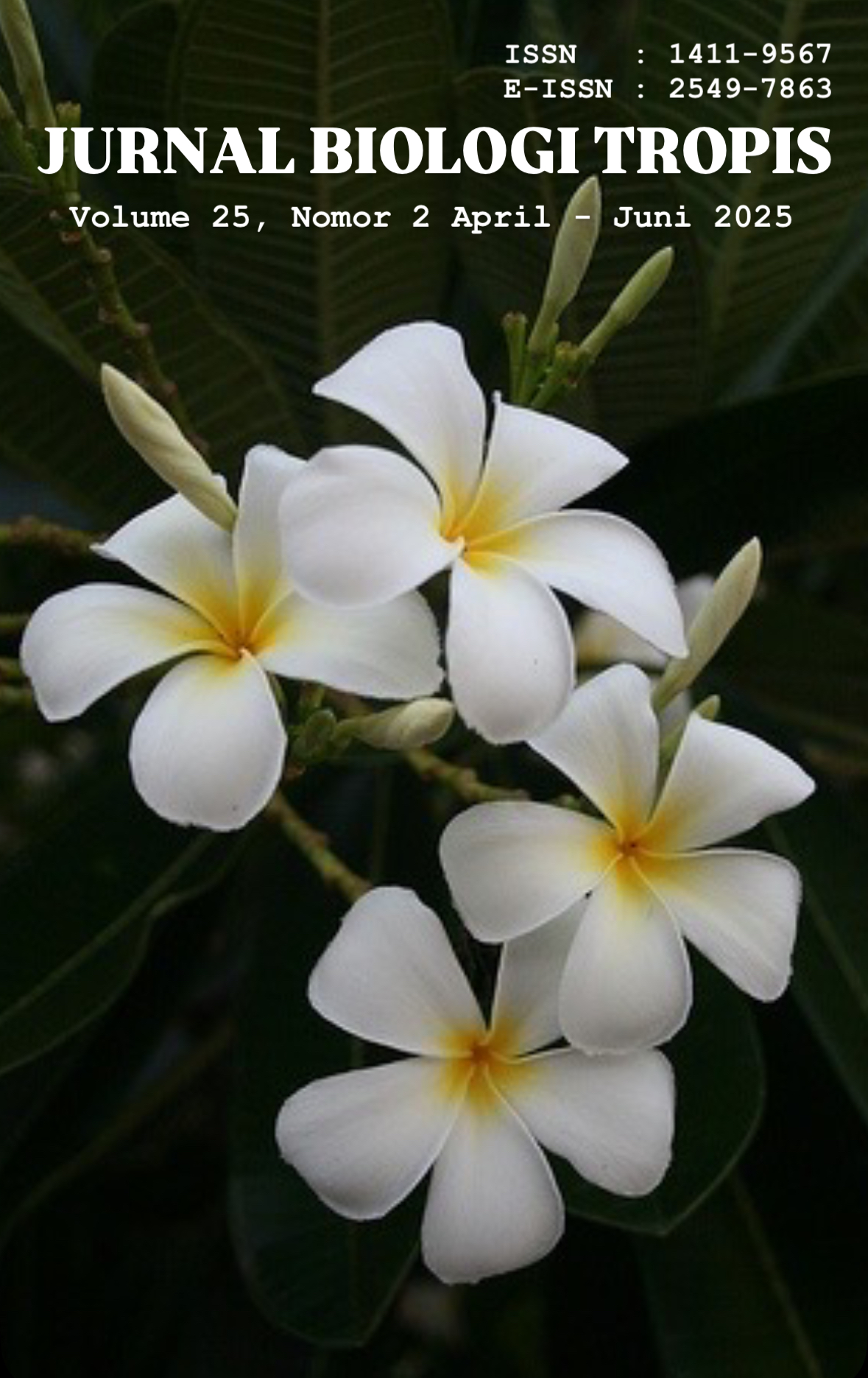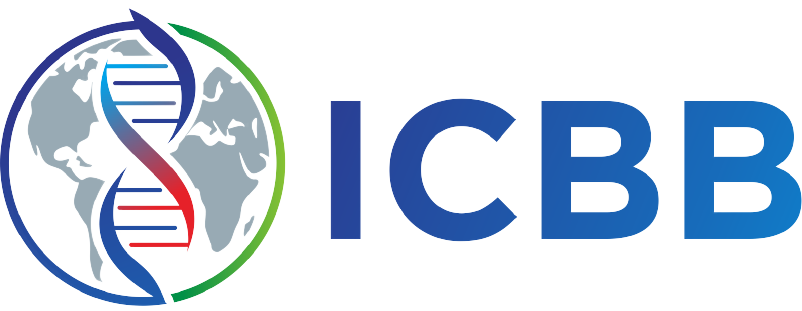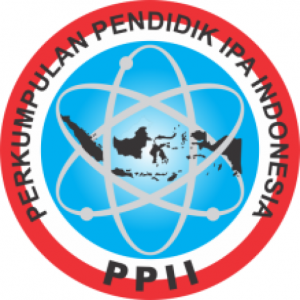Literature Review: CRISPR-Cas 9 Genetic Engineering as Breast Cancer Therapy
Authors
Pisqiantin Aenan Salsabila , Nanda Bulkis , Lalu Denendra Praditama , Nur Ramdhani Kanata , Reivirly Khairadaty Maghfirahandini , Anggit Listyacahyani SunarwidhiDOI:
10.29303/jbt.v25i2.8957Published:
2025-05-21Issue:
Vol. 25 No. 2 (2025): April-JuniKeywords:
Breast cancer therapy, CRISPR/Cas9 technique, genetic engineering.Articles
Downloads
How to Cite
Downloads
Metrics
Abstract
Cancer is a disease characterized by uncontrolled abnormal cell growth, originating from cancer stem cells. These cells form a side population with stemness properties similar to normal stem cells, have high tumorigenicity, and contribute to the development of cancer. Among all cases, breast cancer is one of the causes of cancer death in women worldwide, estimated to reach 28% of new cancers. The application of one of the genetic engineering techniques in the form of CRISPR / Cas9 which can be used as an alternative choice in optimizing breast cancer therapy. This literature review aims to determine CRISPR-Cas 9 Genetic Engineering as Breast Cancer Therapy. This journal review method is through searching for articles from databases such as PubMed, ScienceDirect, and Google Scholar using relevant keywords, namely breast cancer therapy, Genetic Engineering, CRISPR / Cas9 Technique. The results obtained show something promising in the use of one of the genetic engineering technologies in the form of the CRISPR / Cas9 technique which is able to weaken or suppress genetic activity related to the continuity of growth and development of breast cancer cells. In conclusion, CRISPR/Cas9 technology shows promising potential in breast cancer therapy with its ability to inhibit the expression of certain genes that contribute to the growth, invasion, and metastasis of cancer cells.
References
Abdollah, N. A., Kumitaa, T. Das, Narazah, M. Y., & Abdul Razak, S. R. (2017). Sequence-specific inhibition of microRNA-130a gene by CRISPR/Cas9 system in breast cancer cell line. Journal of Physics: Conference Series, 851(1). https://doi.org/10.1088/1742-6596/851/1/012037
Annunziato, S., Lutz, C., Henneman, L., Bhin, J., Wong, K., Siteur, B., van Gerwen, B., de Korte‐Grimmerink, R., Zafra, M. P., Schatoff, E. M., Drenth, A. P., van der Burg, E., Eijkman, T., Mukherjee, S., Boroviak, K., Wessels, L. F., van de Ven, M., Huijbers, I. J., Adams, D. J., … Jonkers, J. (2020). In situ CRISPR‐Cas9 base editing for the development of genetically engineered mouse models of breast cancer . The EMBO Journal, 39(5), 1–13. https://doi.org/10.15252/embj.2019102169
Arumsari, S., Wanandi, S. I., Syahrani, R. A., Watanabe, Y., & Mizuno, S. (2024). Design of Specific and Efficient sgRNA for CRISPR/Cas9 System to Knockout Superoxide Dismutase 2 in Breast Cancer Stem Cells. International Journal of Technology, 15(2), 353–363. https://doi.org/10.14716/ijtech.v15i2.6680
Azadbakht, N., Doosti, A., & Jami, M. S. (2022). CRISPR/Cas9-mediated LINC00511 knockout strategies, increased apoptosis of breast cancer cells via suppressing antiapoptotic genes. Biological Procedures Online, 24(1), 1–15. https://doi.org/10.1186/s12575-022-00171-1
Chen, Y., & Zhang, Y. (2018). Application of the CRISPR/Cas9 System to Drug Resistance in Breast Cancer. Advanced Science, 5(6). https://doi.org/10.1002/advs.201700964
Ghanbarnasab Behbahani, R., Danyaei, A., Teimoori, A., Tahmasbi, M. J., & Neisi, N. (2023). CRISPR/Cas9 mediated knocking out of OPN gene enhances radiosensitivity in MDA-MB-231 breast cancer cell line. Journal of Cancer Research and Clinical Oncology, 149(7), 4117–4130.
Gonzalez-Salinas, F., Herrera-Gamboa, J., Rojo, R., & Trevino, V. (2023). Heterozygous Knockout of ARID4B Using CRISPR/Cas9 Attenuates Some Aggressive Phenotypes in a Breast Cancer Cell Line. Genes, 14(12). https://doi.org/10.3390/genes14122184
Grant, C. V., Cai, S., Risinger, A. L., Liang, H., O’Keefe, B. R., Doench, J. G., Cichewicz, R. H., & Mooberry, S. L. (2018). CRISPR-Cas9 Genome-wide Knockout Screen Identifies Mechanism of Selective Activity of Dehydrofalcarinol in Mesenchymal Stem-like Triple-Negative Breast Cancer Cells. Physiology & Behavior, 176(1), 139–148. https://doi.org/10.1021/acs.jnatprod.0c00642.CRISPR-Cas9
Grossi, I., Salvi, A., Baiocchi, G., Portolani, N., & De Petro, G. (2018). Functional role of microRNA-23b-3p in cancer biology. Microrna, 7(3), 156-166. 10.2174/2211536607666180629155025.
Habibi, A., Risqiyani, S. Z., & Putri, D. A. S. (2021). Potensi Chimeric Antigen Receptor T Cell (CAR-T Cell) dengan Target Prostate-Specific Membrane Antigen (PSMA) Termodifikasi CRISPR/Cas9 sebagai Terapi Kanker Prostat. JIMKI: Jurnal Ilmiah Mahasiswa Kedokteran Indonesia, 9(1), 23–37. https://doi.org/10.53366/jimki.v9i1.321
Hannafon, B. N., Cai, A., Calloway, C. L., Xu, Y. F., Zhang, R., Fung, K. M., & Ding, W. Q. (2019). MiR-23b and miR-27b are oncogenic microRNAs in breast cancer: Evidence from a CRISPR/Cas9 deletion study. BMC Cancer, 19(1), 1–12. https://doi.org/10.1186/s12885-019-5839-2
Pellegrino, B., Hlavata, Z., Migali, C., De Silva, P., Aiello, M., Willard-Gallo, K., ... & Solinas, C. (2021). Luminal breast cancer: risk of recurrence and tumor-associated immune suppression. Molecular Diagnosis & Therapy, 25(4), 409-424. 10.1007/s40291-021-00525-7.
Shen, S. J., Song, Y., Ren, X. Y., Xu, Y. L., Zhou, Y. D., Liang, Z. Y., & Sun, Q. (2020). MicroRNA-27b-3p promotes tumor progression and metastasis by inhibiting peroxisome proliferator-activated receptor gamma in triple-negative breast cancer. Frontiers in Oncology, 10, 1371. 10.3389/fonc.2020.01371.
Siswanto, F. M., & Kartiko, B. H. (2017). Aplikasi Teknologi Crispr / Cas9 Dalam Anti-Aging Medicine. 1(September), 50–56.
Yan, G., Dai, M., Poulet, S., Wang, N., Boudreault, J., Daliah, G., Ali, S., & Lebrun, J. J. (2023). Combined in vitro/in vivo genome-wide CRISPR screens in triple negative breast cancer identify cancer stemness regulators in paclitaxel resistance. Oncogenesis, 12(1), 1–13. https://doi.org/10.1038/s41389-023-00497-9
Yang, M., Zeng, C., Li, P., Qian, L., Ding, B., Huang, L., Li, G., Jiang, H., Gong, N., & Wu, W. (2019). Impact of CXCR4 and CXCR7 knockout by CRISPR/Cas9 on the function of triple-negative breast cancer cells. OncoTargets and Therapy, 12, 3849–3858. https://doi.org/10.2147/OTT.S195661
Zhu, J., Zou, Z., Nie, P., Kou, X., Wu, B., Wang, S., ... & He, J. (2016). Downregulation of microRNA-27b-3p enhances tamoxifen resistance in breast cancer by increasing NR5A2 and CREB1 expression. Cell death & disease, 7(11), e2454-e2454.
License
Copyright (c) 2025 Pisqiantin Aenan Salsabila, Nanda Bulkis, Lalu Denendra Praditama, Nur Ramdhani Kanata, Reivirly Khairadaty Maghfirahandini, Anggit Listyacahyani Sunarwidhi

This work is licensed under a Creative Commons Attribution 4.0 International License.

Jurnal Biologi Tropis is licensed under a Creative Commons Attribution 4.0 International License.
The copyright of the received article shall be assigned to the author as the owner of the paper. The intended copyright includes the right to publish the article in various forms (including reprints). The journal maintains the publishing rights to the published articles.
Authors are permitted to disseminate published articles by sharing the link/DOI of the article at the journal. Authors are allowed to use their articles for any legal purposes deemed necessary without written permission from the journal with an acknowledgment of initial publication to this journal.


























